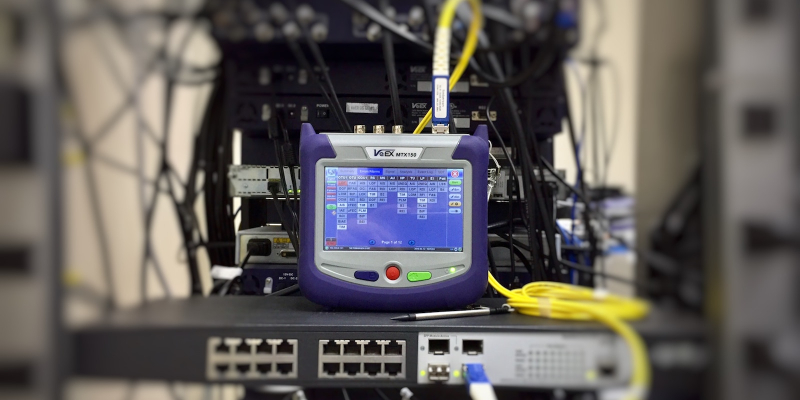
Say you've created your DMARC record and published it in the DNS, now you expect to see some nice reports dripping in, except that none can be found in your specified mailboxes! Why are you missing DMARC reports?
No worries. Let's find out!
Here is a checklist for troubleshooting the issue of no…

Why are your emails going to spam (junk) instead of the inbox? If one is using Gmail, he might find his legitimate emails sitting in the Spam folder; or if he is using Outlook, he might find them in the Junk folder. Everyone has had that frustrating experience…

In this article we will explain various concepts related to DKIM selectors: what are they, why do we need them, and how they work in DKIM authentication.
What is DKIM selector?A DKIM selector, as indicated by the name, is a string used by the outgoing server to locate the private key to sign th…

What is SPF?
Sender Policy Framework (SPF) is an email authentication mechanism which allows only authorized senders to send on behalf of a domain, and prevents unauthorized users from doing so. SPF allows the receiver to check that an email claiming to come from a specific domain indeed comes fro…

After you've published your DMARC record, you might wonder if it's deployed correctly. There is no doubt that it's a completely legitimate question. In this post, we are going to talk about how we can check if DMARC is set up correctly using DMARC checker…

While Safe SPF overcomes the 10-DNS-lookup limit in SPF, sometimes it's desirable to flatten only a part of your SPF record, while leaving the rest as is. If this is the case, you can use partial Safe SPF.
One good reason for this is that some email delivery services like HelpScout, Office 365, At…
